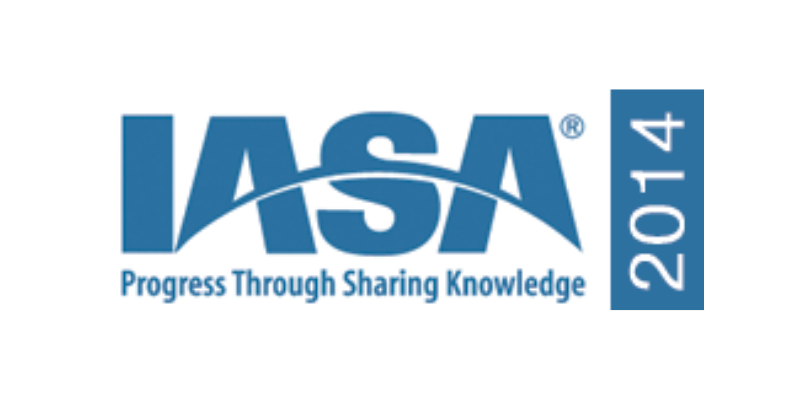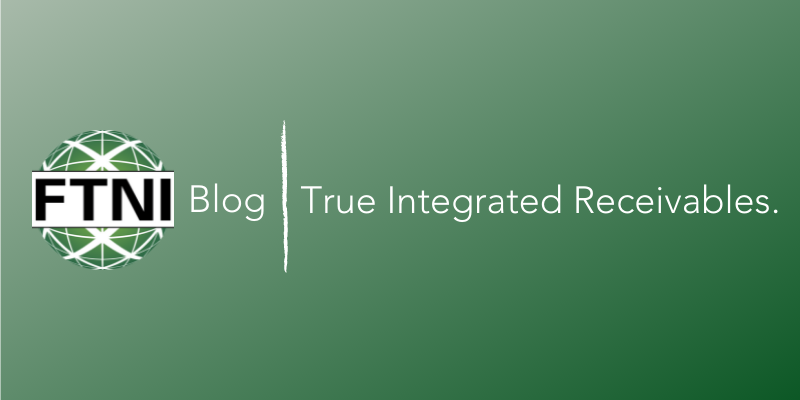 Slow collections on corporate receivables can cost your business big money. The expenses incurred due to poor cash flow, wasted labor and inaccurate financial projections build over time and can add up to a significant loss in revenue.
Slow collections on corporate receivables can cost your business big money. The expenses incurred due to poor cash flow, wasted labor and inaccurate financial projections build over time and can add up to a significant loss in revenue.
The following eight tips and tricks will help you keep a firm grip on your business’s finances, and ensure that your corporate receivables become corporate income.
- Extend Credit Wisely. A great customer relationship starts at the beginning. This means setting consistent guidelines for credit extension. Adopt an application process which allows you to gather information about your clients and customers so you can screen them before extending credit limits or assigning billing terms. After screening for approval, provide a contract or customer agreement which clearly states your credit terms so there will be no surprises on either side.
- Set expectations. Define clear payment standards and present them to each potential customer or client. Whether you utilize an online payment policy or a formal service contract, your agreement should be provided in writing and agreed to by both parties prior to doing business. By clearly stating your payment terms, you set expectations from the beginning. By consistently maintaining and enforcing your payment policy, you’ll gain your client’s trust and respect.
- Adopt an Accounting System. Use financial management software to organize your corporate receivables. You can consolidate billing and tax information, automate recurring invoices and fees, and track unpaid receivables. Most accounting solutions include A/R reporting features which will allow you to quickly and easily gain insight regarding outstanding accounts and more accurately forecast income. Some systems will even auto-generate customer alerts or balance statements for accounts which are approaching past-due.
- Eliminate confusion. It may seem like a no-brainer, but your invoice should include all pertinent details. Your invoice template should include any information relevant to payment – such as remittance address, phone numbers for A/R or customer service, and customer reference or account numbers – as well as the details of the transaction. Make sure it’s clear exactly what services or products were supplied and which charges are currently owed. Keep it clear, relevant and concise – your customers will appreciate the clarity, and you’ll avoid delays due to questions or confusion regarding billing.
- Be polite. Wording is very important when it comes to timely payment of corporate receivables. An invoice which courteously requests that your customer remit payment within a reasonable time period (for instance, 21 days) will generally receive faster payment than one which demands payment upon receipt. Customers expect and appreciate a fair grace period, so build a relationship of goodwill which inspires timely payment.
- Follow Up. When will customers receive a reminder? At what point will services be suspended? How long before your unpaid corporate receivables are turned over for collection? Establish a clear process for following up on unpaid balances and past-due accounts. Communicate your collection procedures clearly and follow them consistently. Documenting your contact with clients regarding overdue payments is also recommended.
- Hire Experts. If your corporate receivables are complex or high-volume, consider retaining an expert to assist with all or a portion of the process. For instance, you might hire a collections service to assist in resolving unpaid balances or implement receivables management software to help streamline your invoicing process.
- Cover Your Assets. If your enterprise deals with large balances or high-volume customer accounts, you may want to consider insuring your corporate receivables. An investment in payment insurance may protect you against future losses due to non-payment, or corporate risks such as changes in ownership, bankruptcy, insolvency or other unexpected events. Additional coverage for economic disaster or seasonal hardships may also be obtained to help insulate and protect your business from sudden and significant loss in revenue.
In summary, approaching corporate receivables in an organized and professional manner will help ensure that your customers and clients make their payments in a timely fashion – reducing the amount of income lost to uncollected corporate receivables, and protecting your business’s income. For more information about how FTNI can help you streamline your corporate receivables process and increase timely payments, click here.
 Slow collections on corporate receivables can cost your business big money. The expenses incurred due to poor cash flow, wasted labor and inaccurate financial projections build over time and can add up to a significant loss in revenue.
Slow collections on corporate receivables can cost your business big money. The expenses incurred due to poor cash flow, wasted labor and inaccurate financial projections build over time and can add up to a significant loss in revenue.

